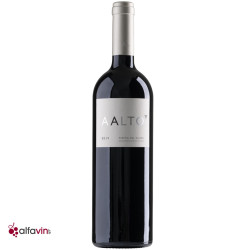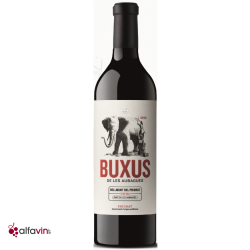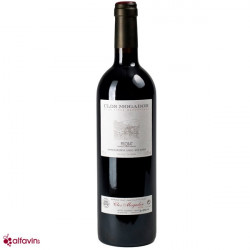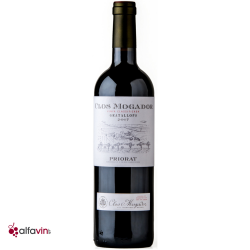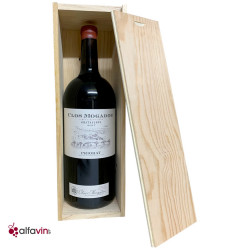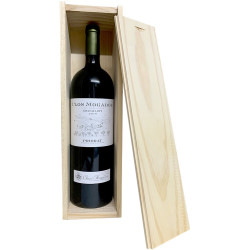
E viva España! We love sensual and modern Spain, marked by the many twists and turns between periods of glory and despair. The strength of resilience and renewal is reflected in the multi-faceted Spanish wines. The Spanish art of living necessarily involves appreciating the depth and richness of everything we do and everything we taste. Emotion comes first: and Spanish wines inevitably follow this trend: greediness and sens...
Read More
Filters
Type
Region
Producer
Grape
James Suckling Points
Parker Points
Organic wines
Price
Clos Mogador 2015 12 liters
Spain / Priorat/Montsant
Clos Mogador - René Barbier
12 liters, Wooden box
CHF1,490.00
- Highlight
Clos Mogador 2018 12 liters
Spain / Priorat/Montsant
Clos Mogador - René Barbier
12 liters, Wooden box
CHF1,390.00
- Highlight
Clos Mogador 2019 Magnum
Spain / Priorat/Montsant
Clos Mogador - René Barbier
1.5 l, Wooden box
CHF195.00
Clos Mogador 2020 5 liters
Spain / Priorat/Montsant
Clos Mogador - René Barbier
5 l, Wooden box
CHF590.00
Clos Mogador 2020 Jéroboam
Spain / Priorat/Montsant
Clos Mogador - René Barbier
3 l., Wooden box
CHF380.00
Clos Mogador 2020 Magnum
Spain / Priorat/Montsant
Clos Mogador - René Barbier
1.5 l, Wooden box
CHF175.00
Clos Mogador 2021 5 liters
Spain / Priorat/Montsant
Clos Mogador - René Barbier
5 l, Wooden box
CHF590.00
Clos Mogador 2021 Jéroboam
Spain / Priorat/Montsant
Clos Mogador - René Barbier
3 l., Wooden box
CHF380.00
Clos Mogador 2021 Magnum
Spain / Priorat/Montsant
Clos Mogador - René Barbier
1.5 l, Wooden box
CHF175.00



